Last updated: December 21, 2023
Goat Island, part of Sydney Harbour National Park, is a fascinating 300m wide sandstone island located west of the Harbour Bridge.
Throughout the years, Goat Island has served as a gunpowder store, a water police station, a source of sandstone for Sydney real estate, and much more.
In this article, we will dive a little deeper into the history of Goat Island. We will also share details on how to visit this island and any available tours.
History of Goat Island
Did you know that Sydney Harbour is home to eight islands and five former islands? Of these islands, Goat Island is one of the most interesting ones.
It is unclear how this island got its name, but one thing is for sure: it has nothing to do with goats present on the island!
Some say it’s because the island is shaped like a goat. Others say the name matches well with the name of Cockatoo Island next door.
Early Aboriginal Occupation
Known by the Gadigal group of Aboriginal people as Me-mel (or Memel), Goat Island is located off the shores of Balmain, west of the Harbour Bridge.
The word Me-mel means eye, which likely referred to the characteristic shape of the 4.5-hectare large island.
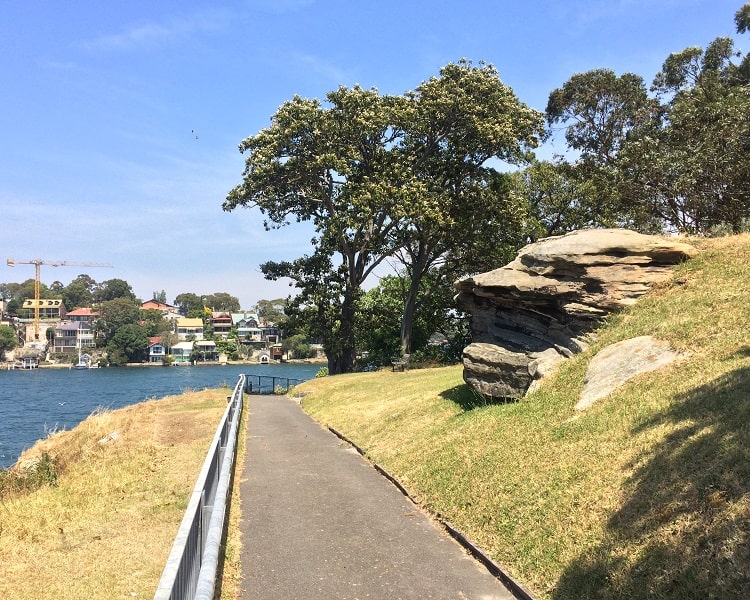
Aboriginal people occupied the island long before white settlement with a few Aboriginal sites still visible, such as a midden and a rock shelter.
Bennelong, a local Aboriginal man who served as an intermediary between the Aboriginal people and the British settlers at the end of the 18th century, claimed the island was owned by his father.
Bennelong often visited the island with his second wife Barangaroo.
The 19th Century
In the 1830s, convicts were used to quarry sandstone away from the island to be used to construct buildings in Sydney.
It was also decided to use Goat Island as the place to store large amounts of military explosives. Before that time, gunpowder was stored in The Rocks, which was considered too dangerous for the then booming city.
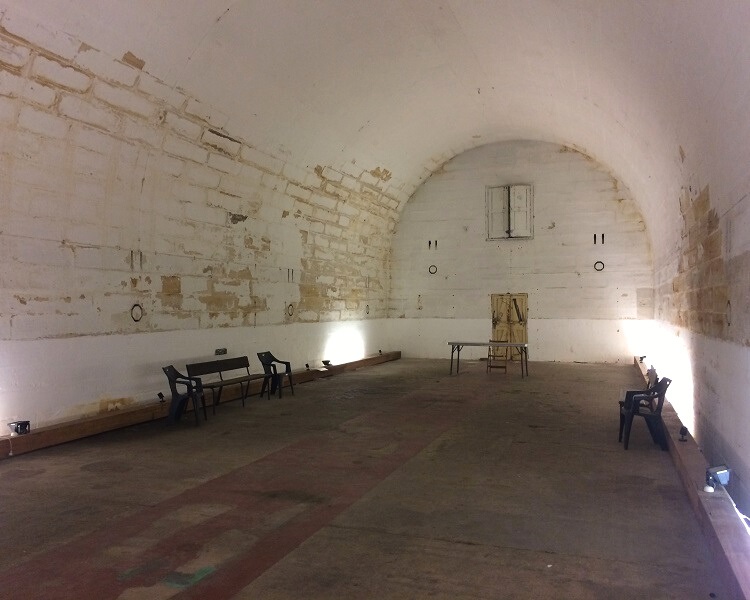
A huge gunpowder magazine with bomb-proof construction was built and completed by the same convicts towards the end of the 1830s. Many of the native trees and vegetation were cleared out to avoid fire hazards.
In the 1850s, the larger Queen’s Magazine – with up to 3m thick walls – was constructed on the island, which would ultimately store more than 7,000 barrels of gunpowder, enough to potentially wipe out the entire city.
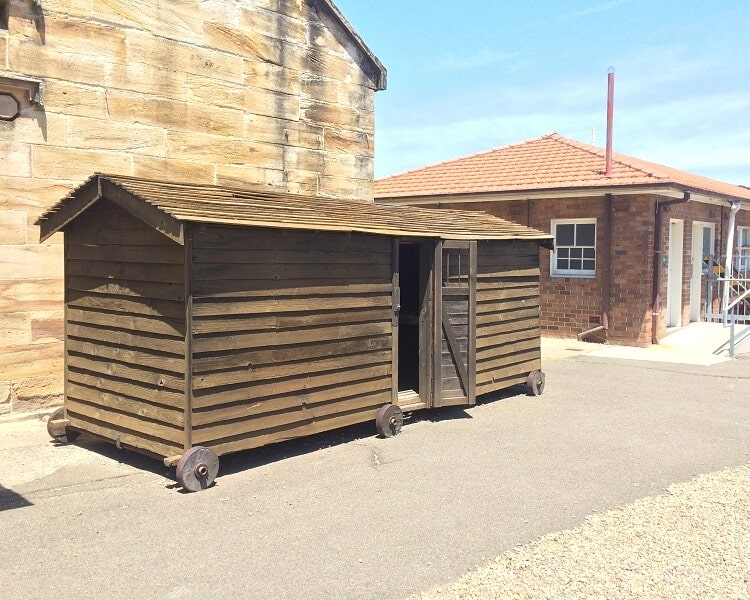
After the completion of all these works, the convicts were moved to neighbouring Cockatoo Island for more hard labour in the sun.
During this time, a convict prisoner by the name of Charles “Bony” Anderson was chained up on the island for a couple of years.
The story goes that he had sustained an injury to his head during his service in the Navy and became hard to handle as a result of brain damage.
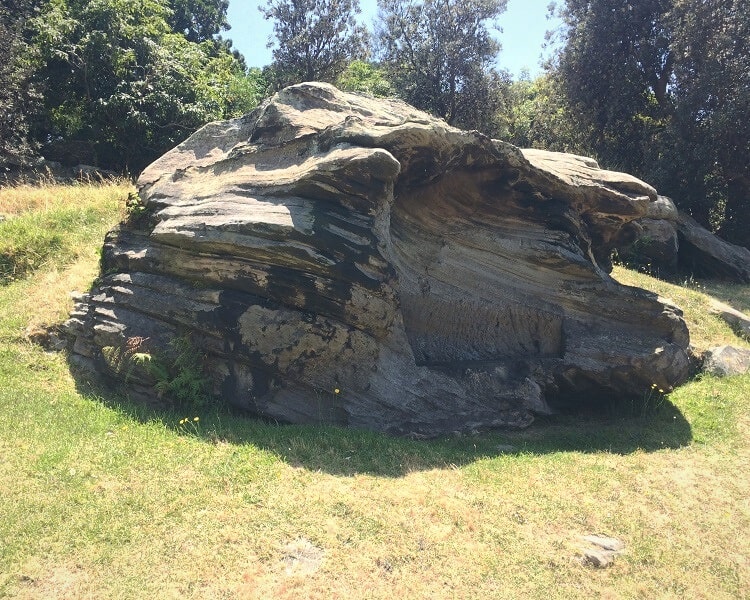
He was also condemned to no less than 1,200 lashes as a punishment for his many attempts to escape.
The rock bench where he was chained is still there and serves as a stark reminder of this rather tragic story.
The 20th Century
By 1900, all explosives were moved to nearby Spectacle Island, and Goat Island became the headquarters of the Sydney Harbour Trust, responsible for the maintenance of the fleet of tug boats and dredgers.
They were also responsible for cleaning up the harbour and killing rats after Sydney was hit by an outbreak of the bubonic plague at the start of the 20th century.
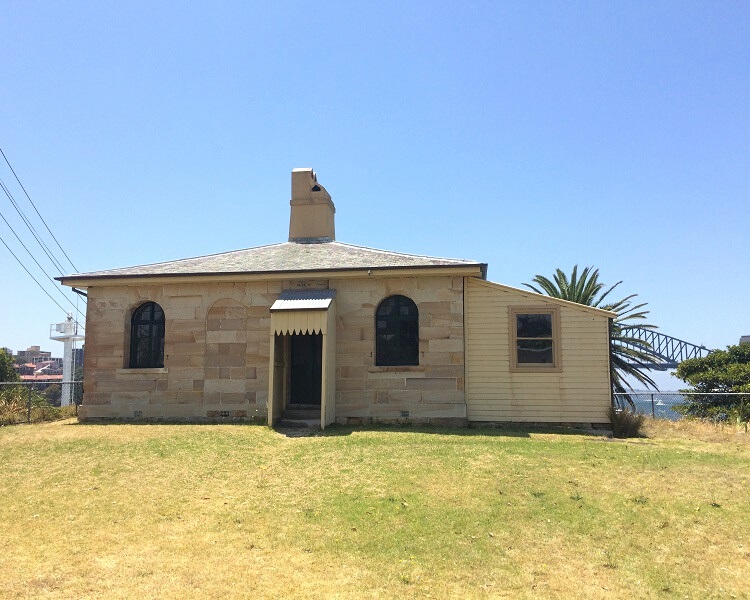
One of the most iconic buildings on the island is the large residence for the Harbour Master that was built in the 1920s (see cover photo). Standing proud on the highest point of the island, the luxury mansion is indeed a very impressive sight!
Undoubtedly, the head employee of the Harbour Trust would have had no complaints about the panoramic views he enjoyed across Sydney Harbour.
In 1936, the Harbour Trust was replaced by the NSW Maritime Services Board. In the following years, Goat Island became home to members of the Board’s Fire Brigade and their families.
A recreational hall was built for the residents, which became a popular Saturday night venue for those residents as well as for people from the mainland. Sadly, this hall does not exist anymore today.
A shipyard was also established on the island around this time to build and repair large vessels. The 1950s and 1960s were a peak period, with Goat Island becoming a busy place for shipbuilding and repairs.
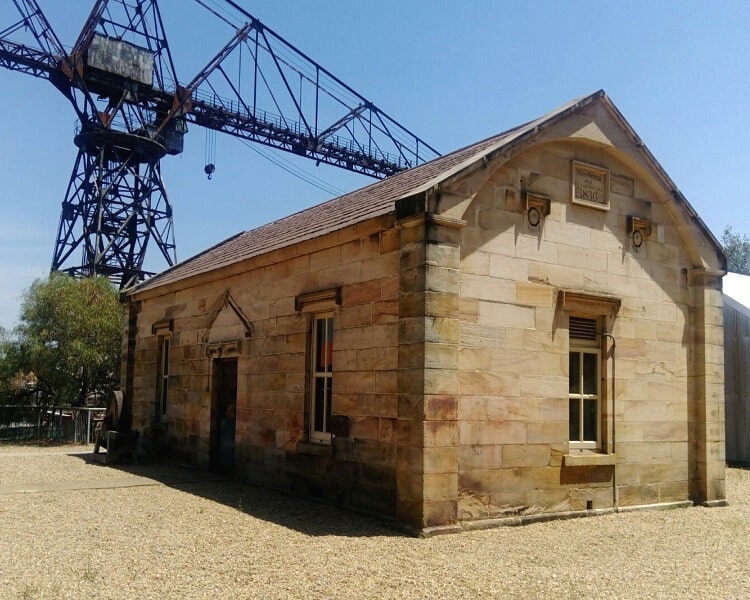
This all came to an end when the maritime industry slowly disappeared in the 1970s and 1980s. Almost a century after it was created, the shipyard on the island is still active, doing minor repairs.
Have you ever watched an episode of Water Rats? Goat Island was indeed the set and location for this popular television drama that ran for six seasons between 1996 and 2001.
A rather ugly purpose-built shed is still present on the island even though it was supposed to be demolished.
The 21st Century and Beyond
With such a long and rich history, Goat Island is now officially part of Sydney Harbour National Park.
The island is mainly used as a tourist destination for guided tours, and it’s also a popular spot to watch the Sydney fireworks display on New Year’s Eve.
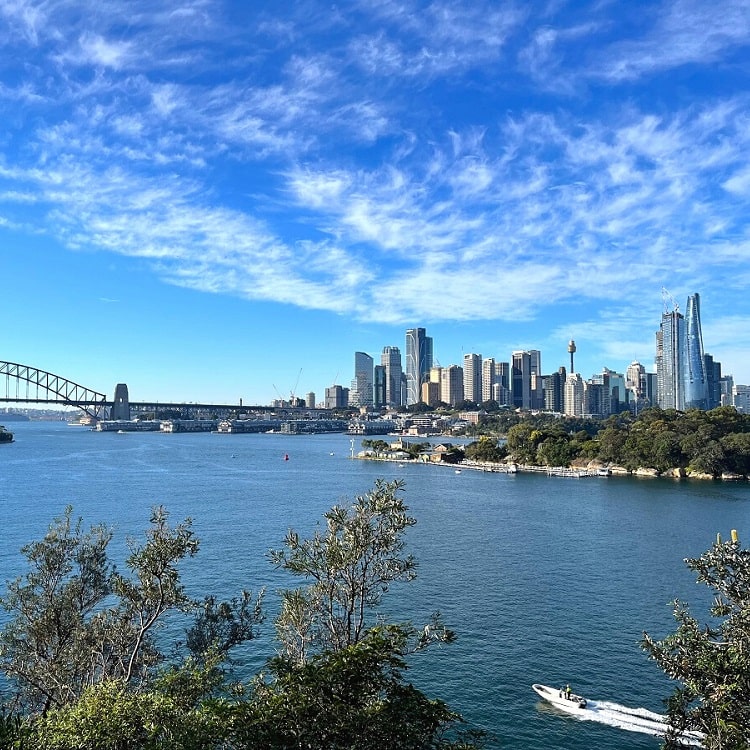
In 2016, the NSW government announced its intention to return management of Goat Island to the Aboriginal people of New South Wales.
The NSW National Parks and Wildlife Service is currently working with the Me-Mel Transfer Committee to make recommendations to the NSW Government for the transfer of Me-Mel in Sydney Harbour to Aboriginal ownership and management.
Concerts on the Island
Goat Island has also been home to a couple of iconic rock concerts.
In the summer of 1985, Midnight Oil played the Oils On The Water concert to celebrate the 10th anniversary of Triple J.
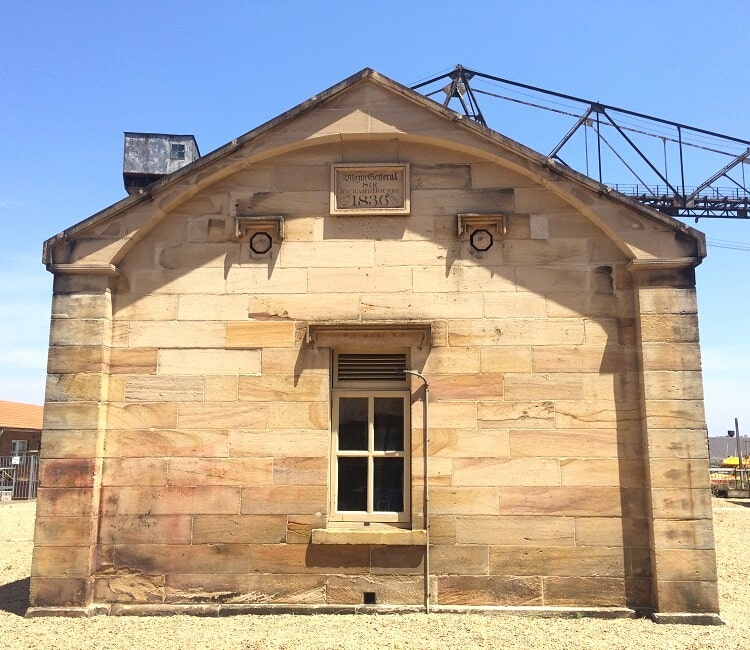
In the year 2000, Green Day set foot on the island to do a small concert in front of a small but passionate crowd, also presented by that same radio station. You can watch that concert on YouTube here.
Foo Fighters and Kings of Leon have also performed on the island in more recent years.
Goat Island Tours
If you’d like to explore this fascinating island and learn more about its fascinating history, there are tours available throughout the year that may be of interest.
The Goat Island convicts, castles and champagne tour combines a cruise and a visit to Goat Island, where you’ll learn more about the history of the place.
Check the NSW National Parks website for more information.
Map of Goat Island
Below is a map of Goat Island in Sydney Harbour.
As you can see, the island is located in the middle of the Harbour, nestled between the Harbour Bridge, Balls Head Reserve, and Balmain East.
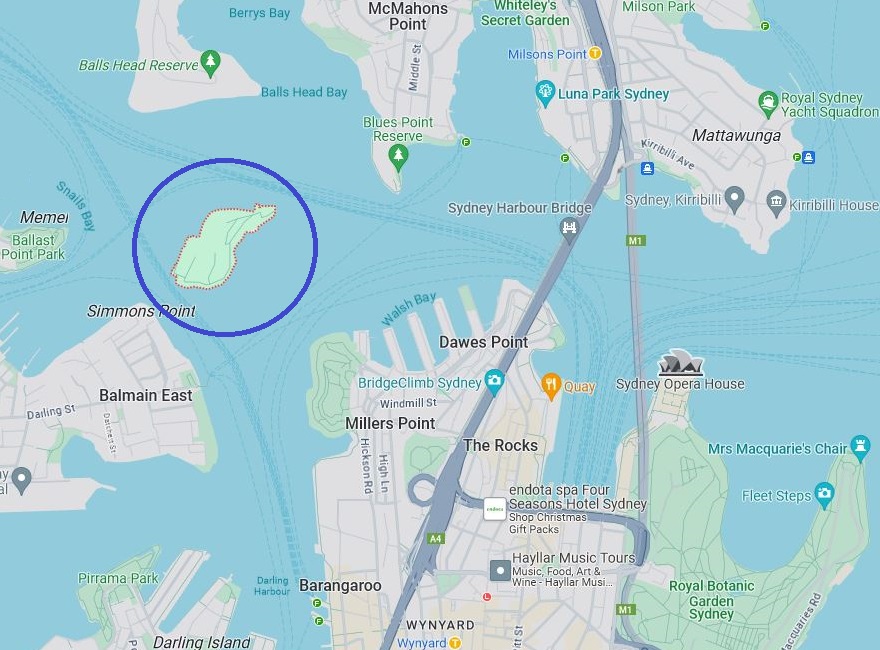
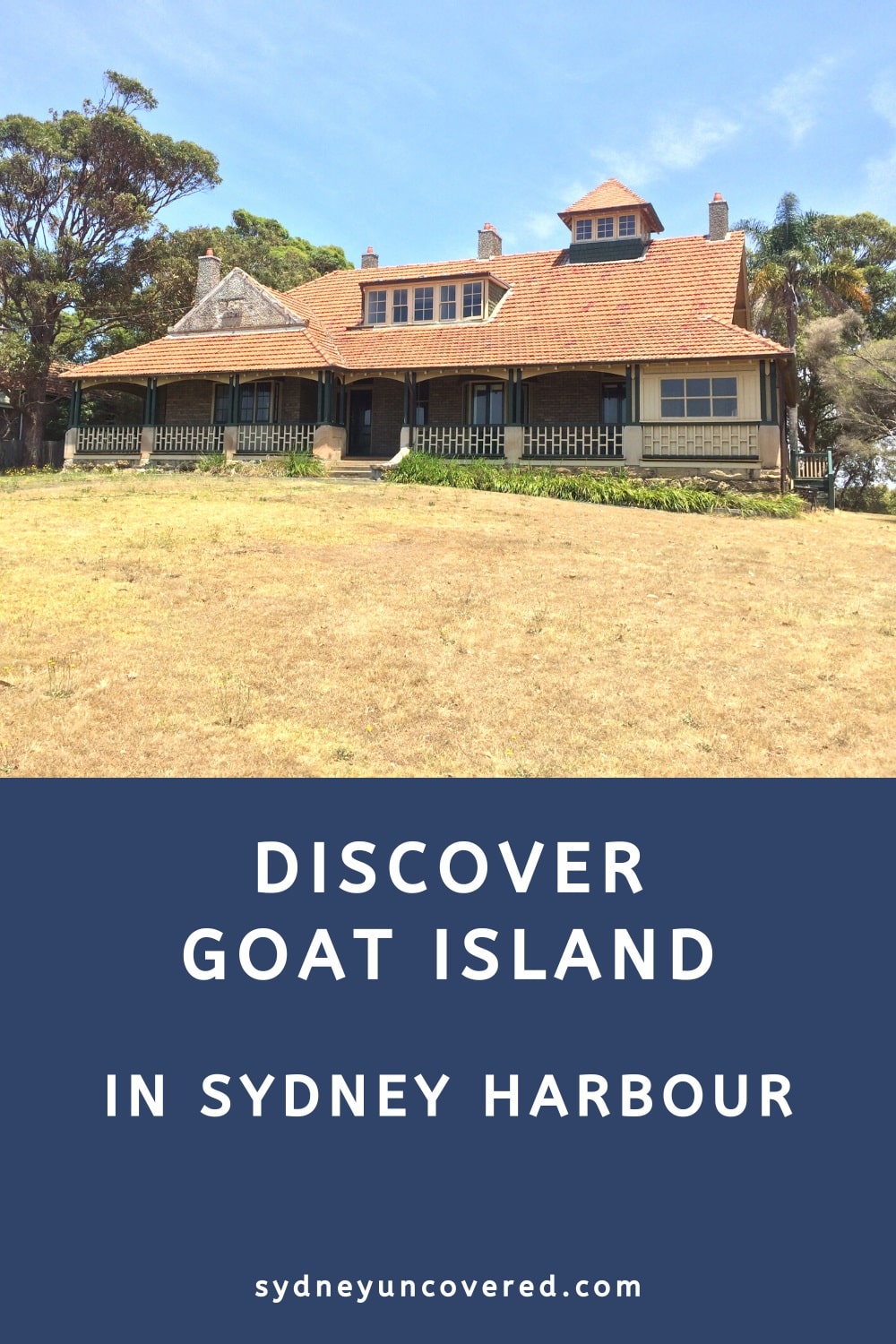
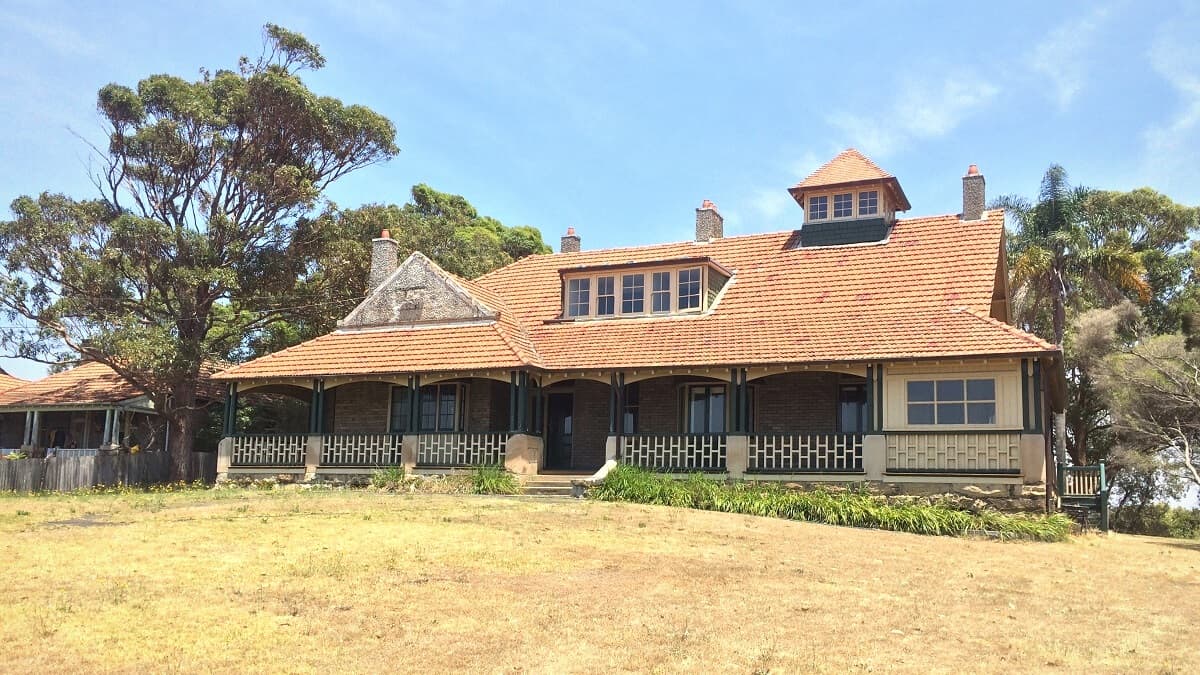
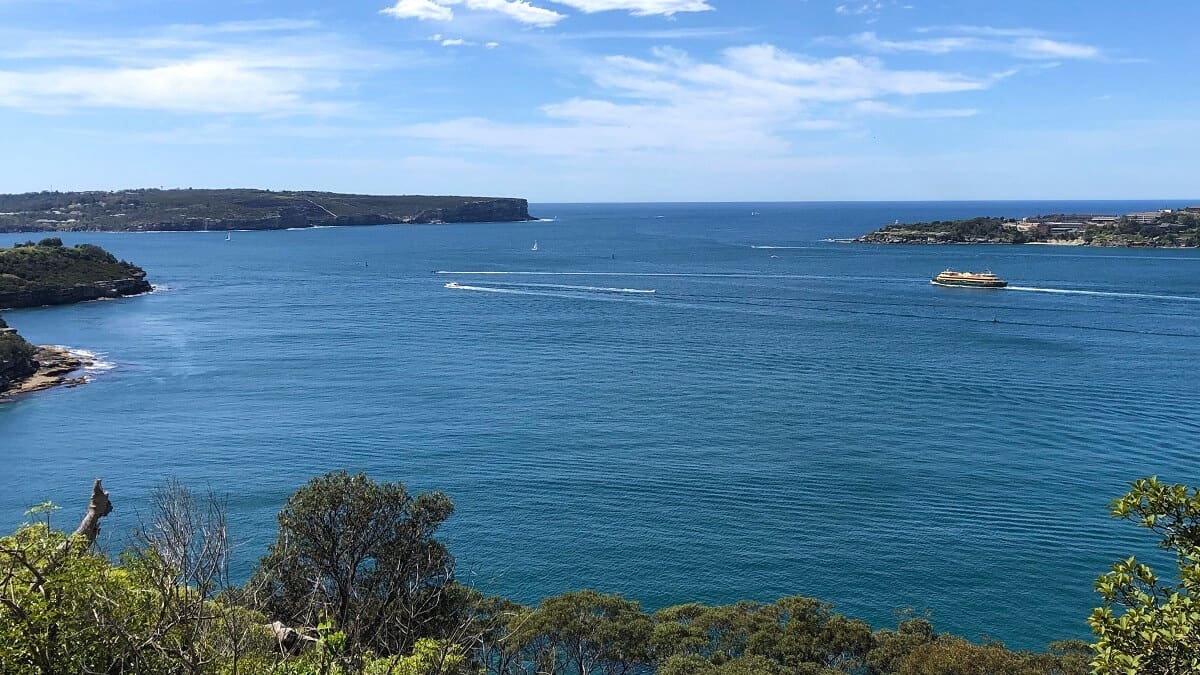
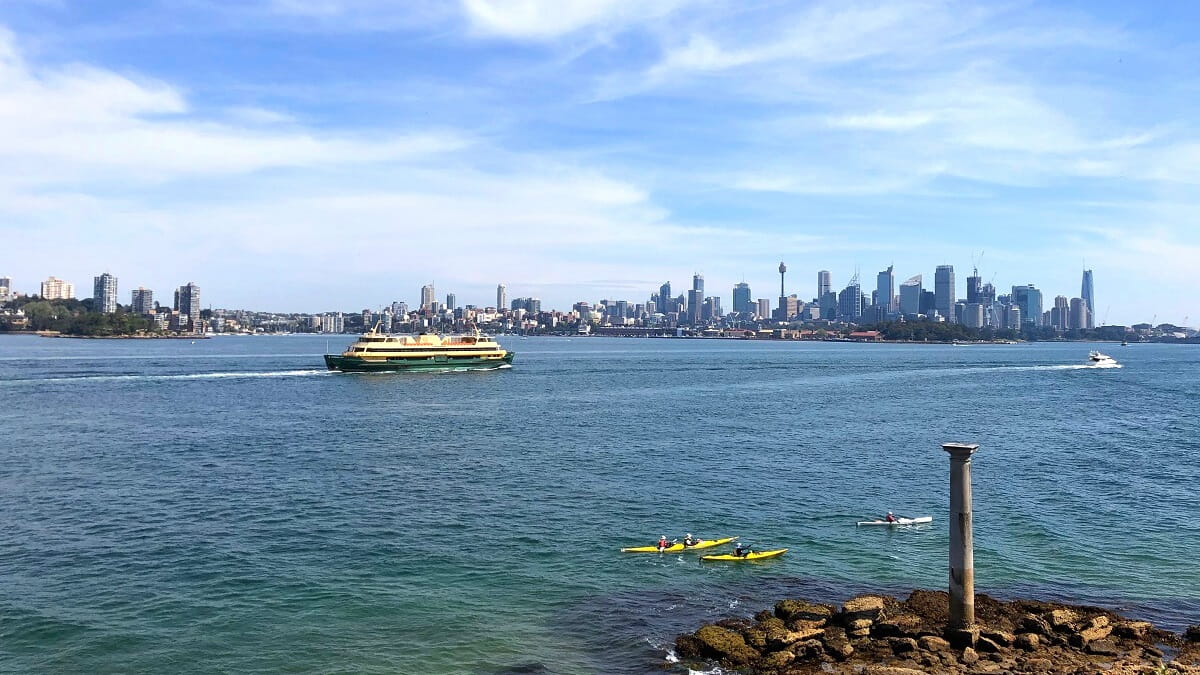
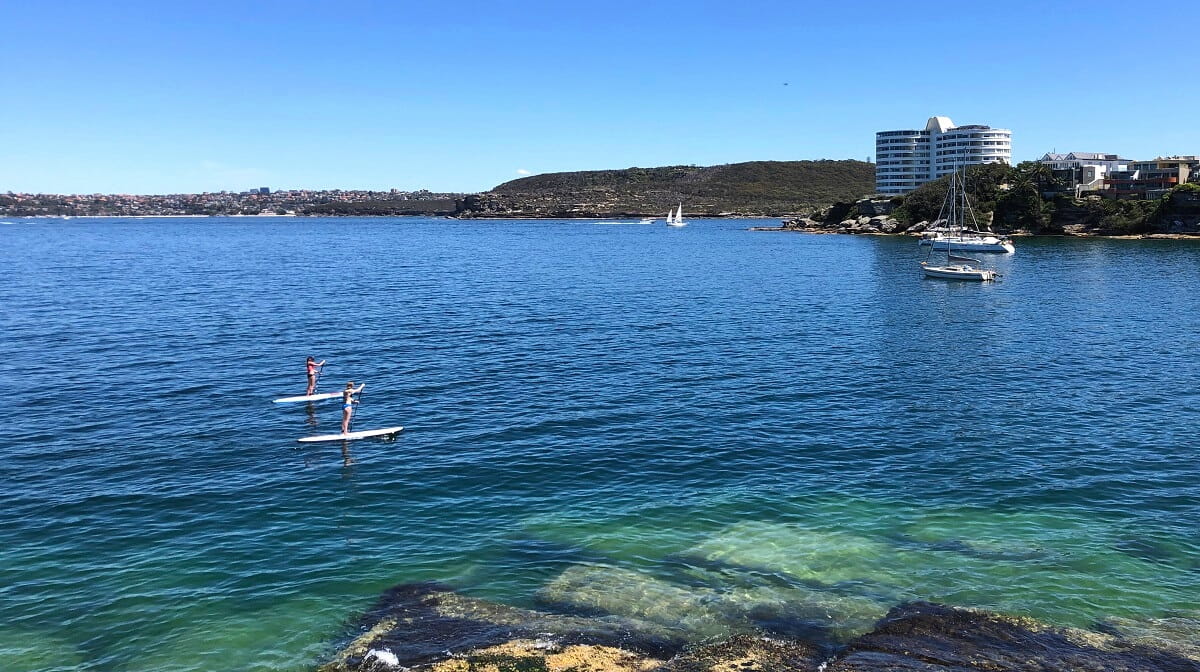
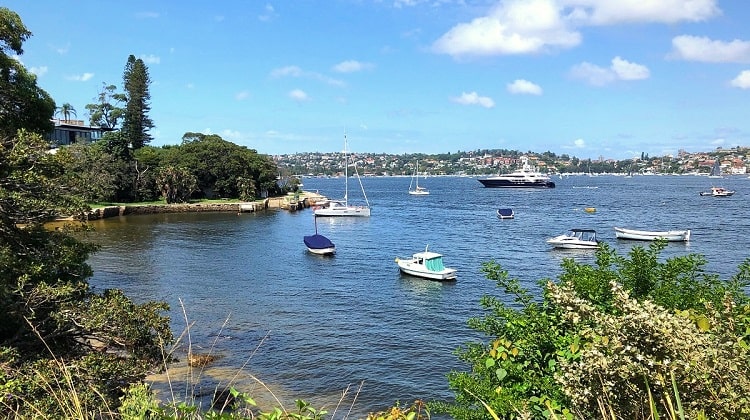
Hi, I was a Launch Driver for the MSB from 1973 to 1980. All boats and floating plants would be tied up on the Island. The time I worked there, it was an education that money couldn’t buy. The people working on the Dredging side of the Island, were Seamen from coastal ships. If you had a drinking problem, you would end up at Goat Island. The idea was put Jack on the Island for 6 months to dry out, what a great idea. What a dump idea you could get beer, from the Peggy. The Peggy would catch the 10.40 Sputnik to the Quay, a light green canvas bag that could hold 6 dozen cans.
Why don’t you speak to the people who lived on goat island and get the real story on what it was like to live and grow up on Goat Island in the thirties, fourties, fifties and the sixties. There are not many of them still around.
Absolutely, would love to!
I worked on Goat Island for 10 years with the Maritime Service Board until it was handed over to the National Parks and Wildlife. This gives me a lot of good memories I had on the Island.
I was a gardener and cleaner and I enjoyed meeting a lot of people on the ship yard.
Hi Bruce, thanks so much for your comment.
It’s always great to hear stories from people who actually worked there and were involved in the development of the island.
I’m after some photos and history of a boat that was built there on Goat Island in 1960 for the Sydney water police rescue boat.
The name of the boat is Delaney and she’s 46ft long. The boat was named after the commissioner Colin John Delaney. Hoping you can help me out, thank you.
The boats name was “Colin J Delaney” and it was built by the Maritime Services Board around 1963-64 I think. I worked on it while it was being built. Leigh Carlson, 0408755820